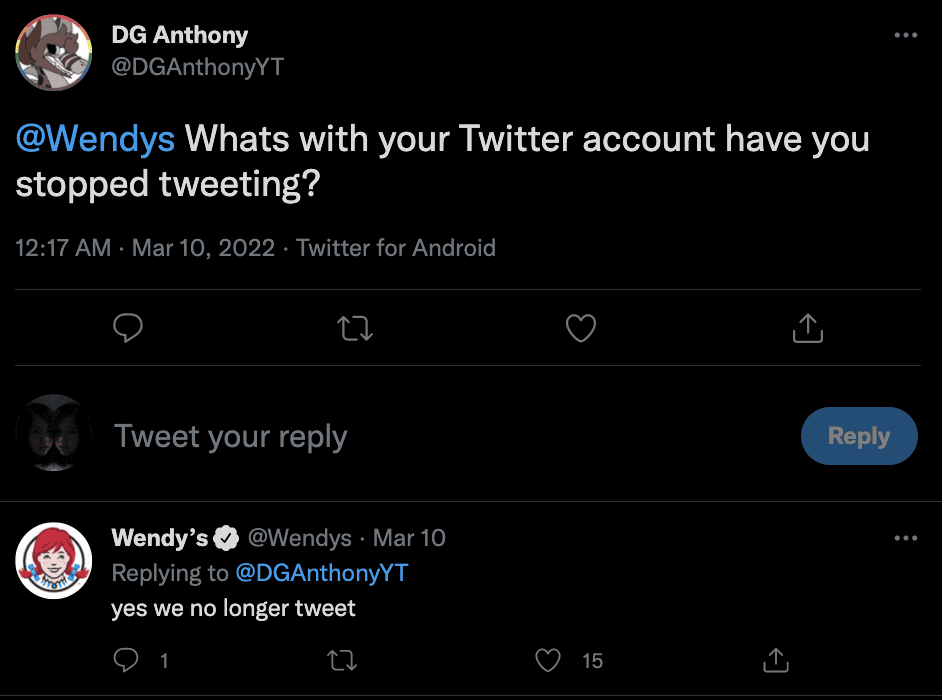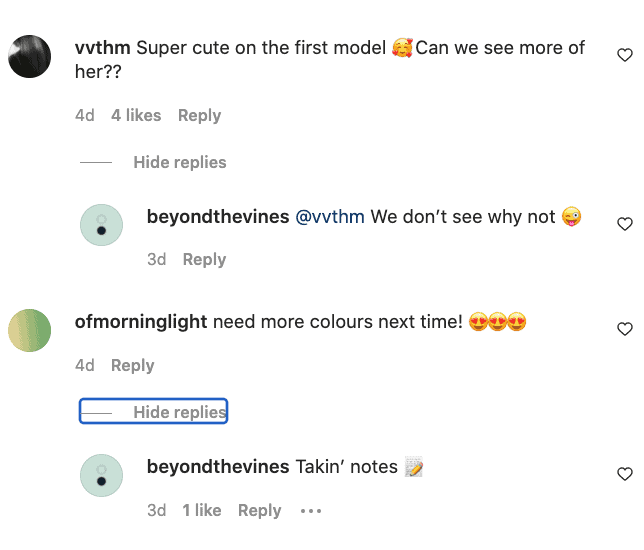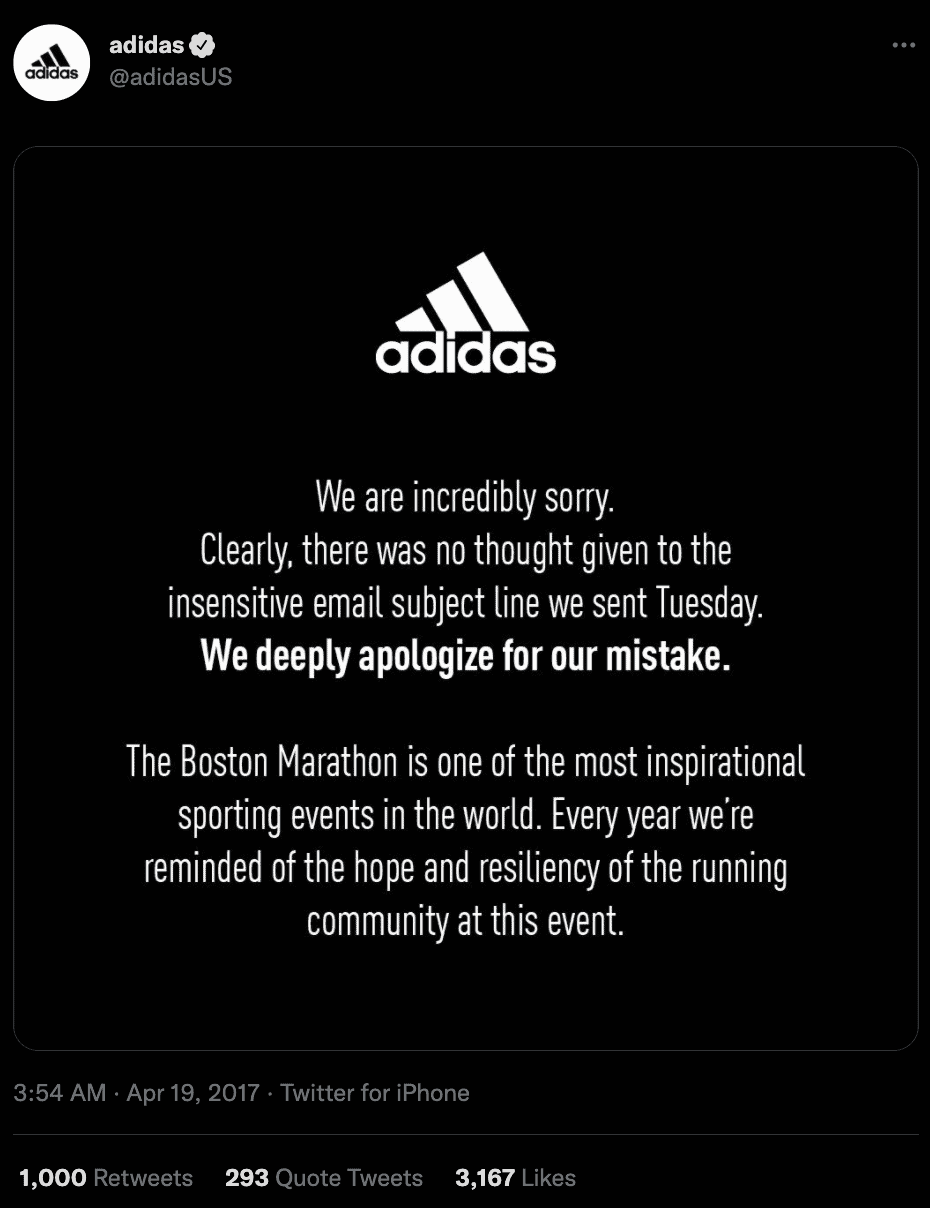The internet and social media have opened doors for small businesses and entrepreneurs like never before. Now, virtually anyone has the opportunity to market themselves on a global stage with nothing but their smartphones and an internet connection.
[playht_player width=”100%” height=”175″ voice=”Mark”]
But a world with so much freedom and openness comes with a wide range of risks. That’s why it is important to be on top of your online brand monitoring.
Building a Brand Before the Internet
Before the internet, brands relied on traditional forms of media (print, TV, radio) to market their brands to customers. It could take weeks, if not months to produce a single ad.
More than just the manual process, which naturally took more time, ads back then went through multiple stages of approval and refining before they could see the light of day.
The amount of red tape before any form of marketing materials was released meant that brands almost had full control of how they were perceived by the public.
Plus, any experiences with a brand were limited to visits to an actual brick and mortar store where employees and sales personnel are assessed and trained to represent a brand in a particular way — from the way they talk, dress, and handle customer complaints.
The only other way a customer could interact with a brand if they really wanted to was through a customer hotline or, go a few decades back, and snail-mail was the only option.
Back then, the relationship between a brand and its customers was simply transactional. Ads were meant to highlight a product’s value proposition and customers only had to decide whether they believed it or not.
On top of the strict quality assurance (QA) methods, traditional advertising was and still is extremely expensive, which means that the smaller players didn’t have that option.
The Risk of Going Online
If you pitched online advertising to any adman or marketer from the 50s or even just a few decades back, they’d probably lose their mind. Anyone can sign up for a Facebook or an Instagram account for free, and you’re exposed to an audience of billions.
What could’ve taken days to produce in the past could now be done in minutes. There are no more networks or publishers to go through to post an ad, all you need is a working credit card and you’re ready to go.
Social media gives consumers a connection to a brand that they only used to see on television screens or billboards. Through comments, likes, or direct messages, you can find out how your audience feel about your products.
The openness, freedom, and accessibility that social media and the internet has provided businesses may sound like a gift, but it also exposed brands to a new set of problems which include fraud, trolling, and even theft.
While the benefits of going on social media definitely outweigh the risks, it’s important to understand the potential threats you can face while building your brand online:
- Fraud – Screenshot, copy-paste, right-click and save — the internet makes it so easy to steal anyone’s work and claim it as your own. This also applies to brands. Anyone out there can steal your product photos, post them on their account, and sell them as their own creations.
It is also very easy for anyone to create a fake social media account impersonating your brand in order to attract your followers and possibly scam them.
- Theft – With fraud, posting your work and products online makes you more susceptible to counterfeits where people create cheaper versions of your products and sell them as originals.
- Trolling – The term “trolling” refers to the act of posting false and defamatory claims about a person or a brand. Trolls are there to destroy or tarnish your reputation.
Because social media is where people can practise their freedom of expression without much consequence, many people have resulted to trolling to express their disdain about a public person or a brand.
- Hackers – One scary but very real problem about having anything online is that you could be hacked. Hackers are there to steal valuable information from you whether it be your accounts or your customer’s information. Identity and access management framework is considered to be one of the most effective ways to protect your online data from hackers.
- Brand Inconsistency – While clearly less scary than other problems you could face online, brand inconsistency is something to watch out for. Because posting ads and materials are now easier than ever, human error and the lack of QA checks can result in inconsistent branding.
Brand inconsistency can appear in many ways including having an ever-changing brand voice in different channels and captions, hiring an influencer who does not embody your brand ideals, or even simply posting something that doesn’t match your feed’s filters and aesthetics.
A way to avoid this as well as improve your current company image is to perform a brand audit and rehash your entire visual identity to some extent.
How to Protect and Monitor Your Brand Online
Despite the many risks of going online and the absence of policies to protect brands from fraud or unwarranted attacks, there’s no denying it — social media is the best medium to market your brand.
Instead of being fearful about the potential problems that may arise when trying to grow a brand online, here are some things you can do to protect yourself.
Do a regular keyword sweep
Discussions about your brand don’t always happen on your brand’s pages, people could be talking about you on their own pages and personal threads. Even if these conversations happen outside your page, it shouldn’t mean “out of sight, out of mind”.
Use social listening tools to help you stay on top of important brand and keyword mentions so you can chime in with an appropriate response. Monitoring brand mentions can help you track down possible reputation crises and fix the issues.
Brand monitoring can also help you find out how the general public perceives your brand and products. Your response can help increase brand loyalty and influence growth.
Knowing what people say about you in the public sphere can also help you strategize for your next marketing plan, and most importantly, find areas for improvement.

Typing a keyword on the search bar of any social media platform will serve you the top and latest public results.
You can also use listening tools to find the best brand ambassadors and loyal customers you can work with to protect your brand.
Pro-tip: When monitoring brand mentions, make a list of possible names/nicknames that people use to refer to your brand. It’s also crucial to monitor what people are saying about your competitor to help you gauge how your brand is performing in comparison.
If you’re part of a specific industry, include that as part of your keyword research. Knowing how the public feels about your industry in general can help you create effective marketing strategies that will resonate with your audience.
Keyword sweeps shouldn’t just be done on your typical social media platforms like Instagram or Twitter, go through forums like Reddit or Quora, and when possible, make sure to form a response that doesn’t feel like an intrusion (do not make it an opportunity to sales talk!)
Brand monitoring or social listening tools is not just an “extra step” but rather a marketing essential that every business needs. By regularly following certain keywords or topics, you not only protect your brand but also find endless content opportunities that can help boost your reputation.
Differentiating the trolls from the real customers
Having a public social media account opens you up to criticism, and that’s not always a bad thing. Before you dismiss a negative comment as useless trolling, make sure that you understand the situation and get the bigger picture.
Could the comment be coming from a real customer? Do a thorough investigation before you respond or decide to hit on “block”. If the comment comes from a real customer, it would be best to give a polite response then transfer the conversation to a more private setting.
Pro-tip: It’s important to respond to the comment publicly so that your audience knows that you are on top of the situation.
Responding to social media complaints shows that your brand cares about its customers. Even if you get one negative comment out of the thousands of positives, don’t take it for granted.
How can you tell if you’re dealing with a troll?
An irked customer and a troll have one thing in common — they sound angry. But the difference between a real customer and a troll is that a troll does not want any form of resolution, they’re just in your space to wreak havoc.
Oftentimes, trolls won’t make sense and are just there to make you angry. Don’t fall for the trap.
Responding to trolls
Once you’ve done an investigation and realized that you’re dealing with a troll, there are many ways you can handle the situation.
If the troll is spreading false information about your brand, present them with facts.

Image source: https://twitter.com/pierre_foucart

Image source: https://twitter.com/patagonia
While Twitter user @pierre_foucart may not be a troll by definition, Patagonia’s response provides a perfect example of how you should deal with trolls who spread false information about your brand. Nothing hits harder than the truth.
Sometimes, deleting the negative comments from a troll could encourage them more and may even make you appear guilty. As long as you keep your composure and respond with respect, you’ll come out the winner.
However, if the trolling is too much, feel free to block and delete the comments.
Take note: Do not ignore abuse directed towards your customers or employees. Report anything that threatens violence or abuse.
If you’re comfortable, and if it is on-brand, you might want to consider responding to trolls with humor.

Image source: https://twitter.com/Wendys
Take inspiration from brands like Wendy’s that isn’t afraid of adding sarcasm and dry humor as part of its brand voice.
A subtle and effective way to address unwarranted negativity from trolls is by posting positive reviews and user-generated content on your social pages.
Be responsive
Be proactive about responding to any comment on your social media pages, whether positive or negative. It’s ideal to respond to comments within a few hours.
Pro-tip: Customers can tell if you’re just using a templated response. Make sure to add a personal touch and as much as possible, customize your replies.

Image source: https://www.instagram.com/beyondthevines/
Singapore-based design studio and lifestyle brand Beyond the Vines (@beyondthevines) makes sure to respond to comments with enthusiasm. The addition of emojis makes the brand seem young and fun, which encourages customers to engage with the brand more.
By being responsive on social media, you’re making sure that your audience is given the attention that they deserve. As a result, your customers will be more loyal and will help protect your brand from possible trolls or negative impressions.
Responding to both good and bad reviews also shows your audience that you read what’s on your page and care what they think.
Forty-five percent of people look at a brand more positively if they see it respond to negative comments on social media. Social media is a platform where users expect instant gratification, if you reward positive comments with a positive response, more and more people will be encouraged to interact with your brand online.
Be in control of all your owned channels
Brands today are likely to have multiple online channels including Facebook, Instagram, Twitter and Shopify store or custom web application. But not all channels will be equally popular. Even if you post on one more than the others, that doesn’t mean that the others should be ignored.
Make sure you always have both a bird’s-eye and granular view of all your owned channels. This will ensure that you know what’s going on and are on top of possible problems. Always monitor what’s being posted and take note of how they are performing.
Make it a habit to do a sweep of competitor accounts to see how they’re doing and at the same time, look for possible instances of unauthorized resellers and fakes.
Many brands that sell in e-commerce platforms like Amazons are susceptible to having their products copied and sold under different stores. If you see something like this, you can report the violation under the platform’s seller central.
Being in control of your own channels also ensures that everything is aligned and consistent.
Be transparent with your customers
Caught someone reselling your products for cheaper prices but with subpar quality? Experiencing a problem with security on your website? Tell your customers all about it.
Let your customers in on what’s going on with your brand even if it means risking sales. Contrary to what some business owners may believe, transparency will help increase customer retention and satisfaction and future proof your business in the long run.
Being completely honest with your customers will help eliminate the possible anxiety or distrust any customer would have towards a business. By being truthful, customers will know that you have nothing to hide and encourage them to stick around.

Image source: https://twitter.com/adidasUS
When sports brand Adidas used an insensitive line on its newsletter and was called out for it, the brand was quick to address the email subject issue and released a statement on its Twitter account.
Though the brand was called out by just a few people and it could’ve been swept under the rug with minimal effect, the PR team behind Adidas decided to make a public acknowledgement of its mistake.
The result was clearly positive with overly 3 thousand likes (the original Tweet that called out the brand was soon forgotten).
Know who you are
Before launching a brand online or anywhere for that matter, you need to have a solid sense of identity. Otherwise, you’ll get lost in the noise.
Protecting your brand doesn’t just mean keeping it away from opportunists who might steal your designs or fraudsters looking to fool your customers, it also means keeping it whole and consistent.
Sure, social media is an effective marketing strategy that can catapult your brand to millions of customers you otherwise wouldn’t have reached, but it can also confuse you and set you back if you’re not ready.
Social media makes it so easy for anyone, including brands, to lose their identity.
As a brand, — while it’s important to keep evolving — you must always remember your core. Don’t get lost in trends and don’t abandon your identity in exchange for quick virality.
Have a brand book to guide you for posting, targeting the right customers, and for the best way to communicate with your followers. Use the book to help you make important brand decisions, whether it be choosing the next influencer to partner with or product to release.
Take Action With Online Brand Monitoring
Protecting your brand online is a continuous process of monitoring and responding. To summarize, when protecting your brand online here are the things that you need to keep in mind:
- Not all haters are trolls, some are just dissatisfied customers.
- Respond to all comments — good and bad
- …but block and delete anything that’s abusive.
- Always be respectful, even when responding to negative feedback.
- Transparency helps build trust.
- Protecting your brand is as simple as staying consistent (have the right logos across all your channels, use the right messaging and language across all your channels, etc.).
- Listen to your customers, they can be your best brand protectors.
Last but not the least, think before you post anything online. Because of the “instant” gratification that social media provides, we might be tempted to document and post everything without a second thought — don’t.
Remember that anything posted on the internet is forever. A successful marketing rebrand requires multiple weekly team meetings to discuss and approve new social media content. Even if you press delete, someone out there will have receipts.


